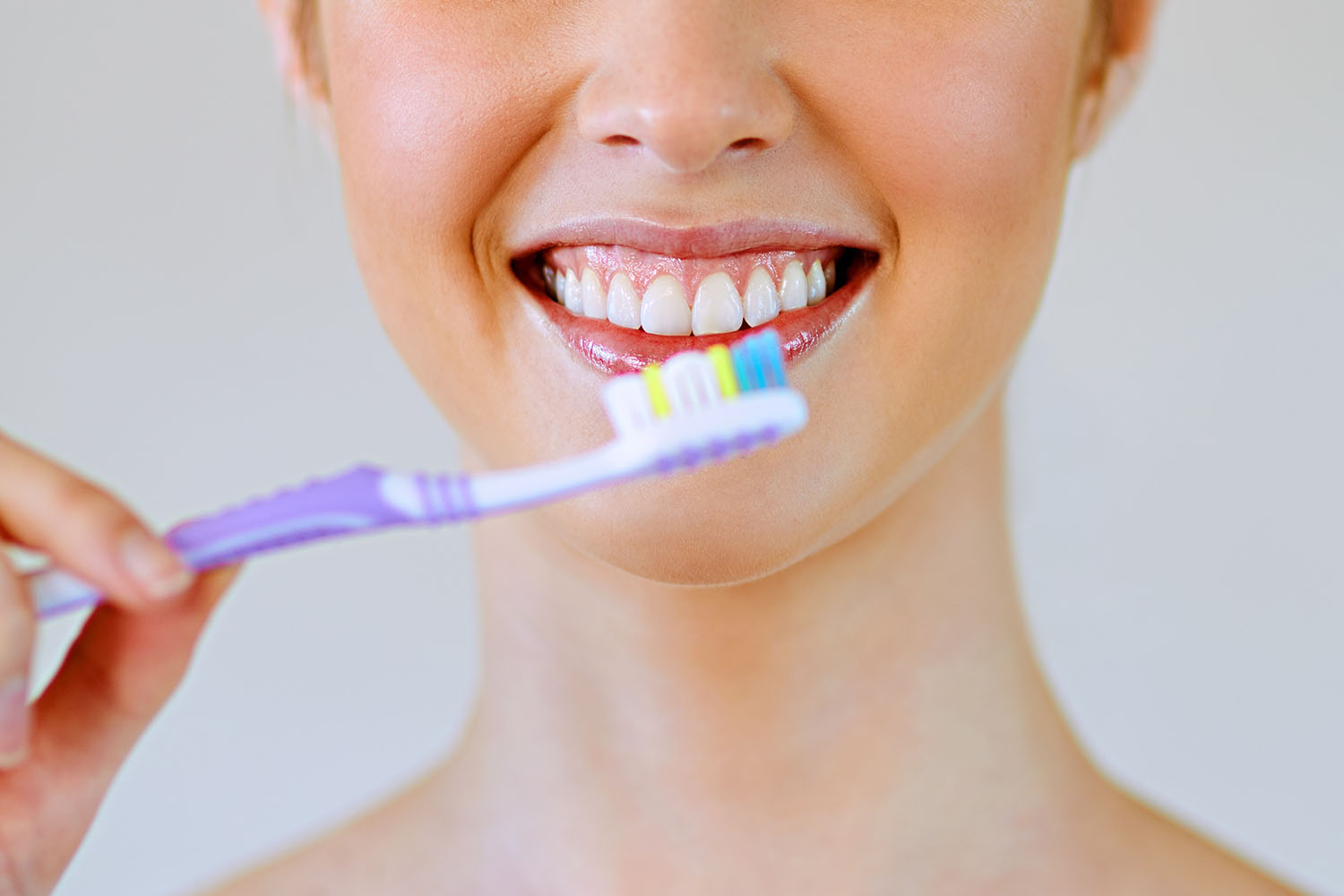Overview
Maintaining good oral hygiene is essential for overall health, and a significant part of this is ensuring that your teeth are clean. While regular dental check-ups are crucial, you can also practice effective teeth cleaning at home. This guide will explore various methods, supported by international research, to help you keep your teeth healthy and sparkling.
The Importance of Teeth Cleaning at Home
Good oral hygiene prevents dental issues such as cavities, gum disease, and bad breath. According to the World Health Organization (WHO), oral diseases affect nearly 3.5 billion people globally, with untreated dental caries being the most common condition. Regular teeth cleaning at home can significantly reduce the risk of these conditions.
Effective Methods for Teeth Cleaning at Home
1. Brushing
Brushing your teeth at least twice a day is fundamental. The American Dental Association (ADA) recommends using a fluoride toothpaste and a soft-bristled toothbrush. Here are some key tips:
- Technique: Use gentle, circular motions and cover all surfaces of your teeth.
- Duration: Brush for at least two minutes each time.
- Frequency: Brush in the morning and before bed.
2. Flossing
Flossing removes plaque and food particles from between your teeth and under the gumline, areas your toothbrush can’t reach. The ADA suggests flossing once a day. Here’s how to do it correctly:
- Length: Use about 18 inches of floss, winding most of it around your middle fingers.
- Method: Gently slide the floss between your teeth, curving it around each tooth and moving it up and down.
3. Mouthwash
Using an antimicrobial mouthwash can help reduce bacteria and freshen your breath. A study published in the Journal of Clinical Periodontology found that mouthwash containing essential oils significantly reduced plaque and gingivitis. Rinse your mouth with mouthwash for 30 seconds after brushing and flossing.
4. Diet and Hydration
Your diet plays a crucial role in oral health. Limiting sugary and acidic foods can prevent tooth decay. Drinking plenty of water helps wash away food particles and bacteria. The WHO emphasizes the importance of a balanced diet rich in fruits and vegetables for maintaining good oral health.
5. Regular Dental Check-ups
While teeth cleaning at home is essential, visiting your dentist regularly for professional cleanings and check-ups is equally important. The ADA recommends seeing your dentist at least twice a year.
Advanced Techniques for Teeth Cleaning at Home
1. Electric Toothbrushes
Electric toothbrushes can be more effective than manual ones in reducing plaque and gingivitis, according to a study published in the Cochrane Database of Systematic Reviews. They are particularly beneficial for individuals with limited manual dexterity.
2. Water Flossers
Water flossers, or oral irrigators, use a stream of water to remove plaque and food debris. Research from the Journal of Clinical Dentistry shows that water flossers can be as effective as traditional flossing in improving gum health.
3. Natural Remedies
Some natural remedies, such as oil pulling with coconut oil, have gained popularity. A study in the Journal of Contemporary Dental Practice found that oil pulling could reduce plaque and gingivitis. However, it should not replace traditional brushing and flossing methods.
Teeth cleaning at home is a vital practice for maintaining oral health and preventing dental problems. By following the methods outlined in this guide, supported by international research, you can ensure that your teeth stay clean and healthy. Remember to brush and floss daily, use mouthwash, maintain a healthy diet, and visit your dentist regularly. With these habits, you can achieve a bright, healthy smile that lasts a lifetime.



